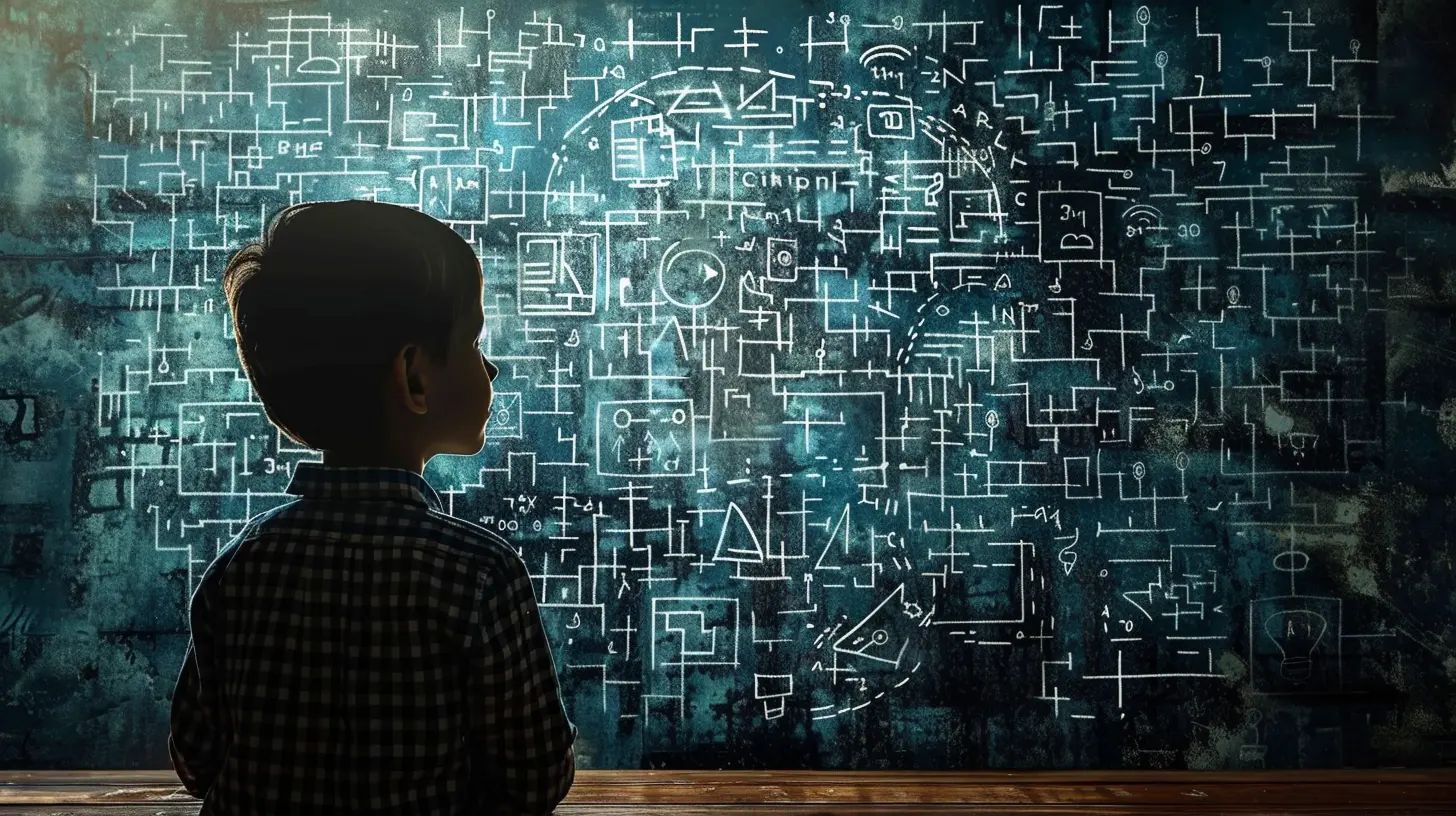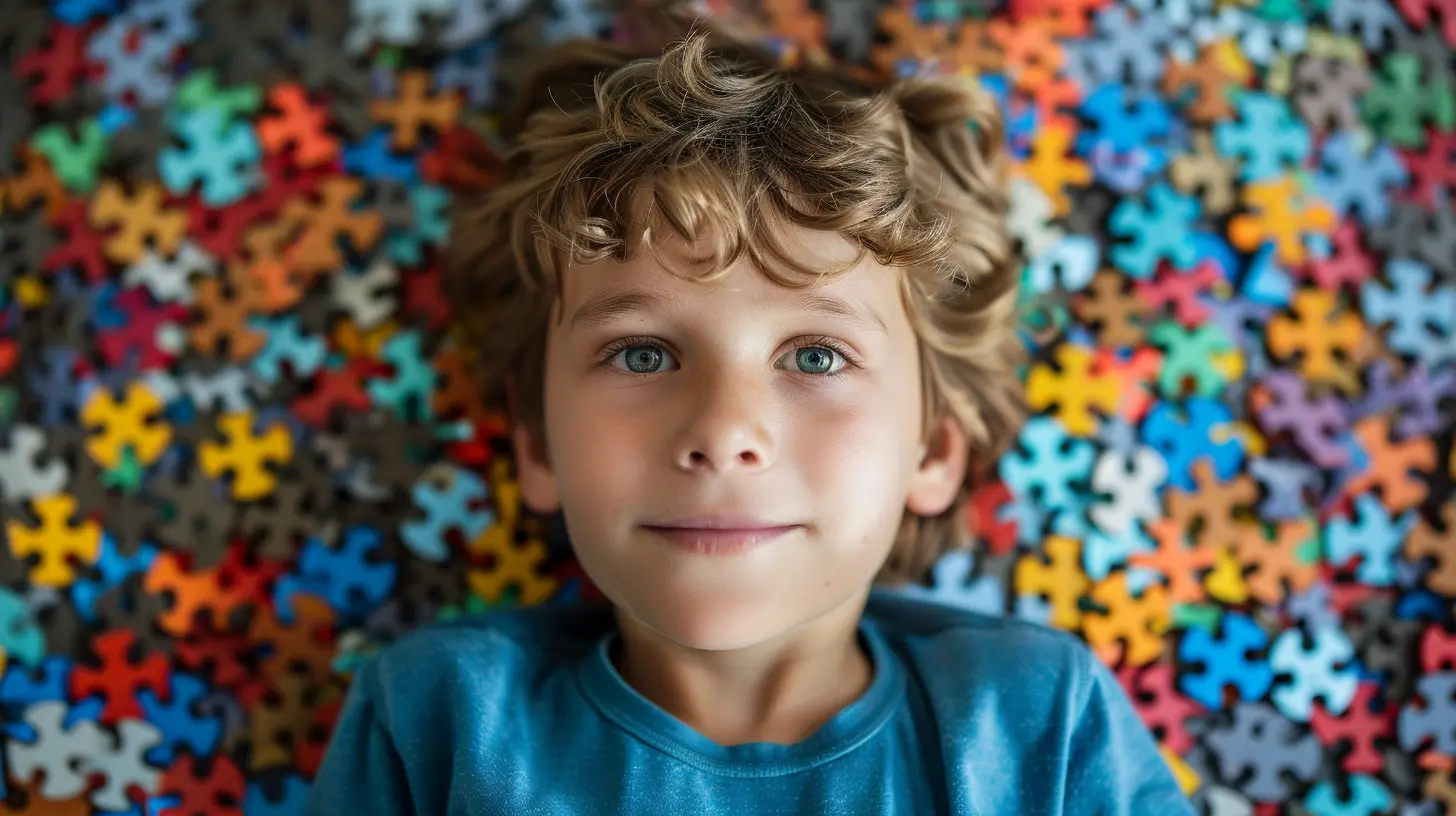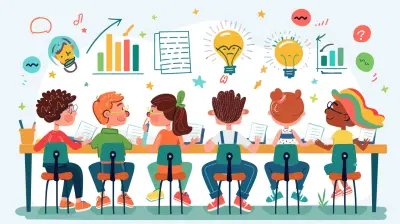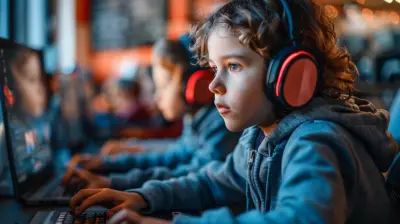The Impact of Problem Solving on Student Confidence
14 July 2025
We’ve all been there—staring at a tricky math problem or a confusing science concept, feeling like our brains just hit a wall. But what if I told you that those frustrating moments are actually golden opportunities? Yep, you heard that right. The process of solving problems isn't just about finding the right answer. It’s about shaping how students see themselves, building inner strength, and supercharging their confidence.
In fact, problem-solving is like mental weightlifting. Each time a student wrestles with a tough question and finally figures it out, it's as though they’ve added another rep to their confidence workout. Let's take a deep dive into how this works and why it matters so much for students.
Why Confidence Matters in Education
Before we jump headfirst into how problem-solving boosts confidence, let’s talk about why confidence is such a big deal in the first place.Think about the most memorable teachers or mentors you’ve had. Chances are, they didn’t just teach you facts. They made you believe that you could actually do the work, even when it was hard. That’s confidence. It’s the secret sauce that helps students raise their hands in class, tackle new subjects, and keep going even when they stumble.
When students believe in themselves, they respond to setbacks not with panic, but with, “I got this.” And that mindset? Game-changer.
The Problem-Solving Process: More Than Just an Answer
Let’s bust a myth quickly: problem-solving isn’t only about getting things right.It’s about thinking critically, staying patient, being okay with mistakes, and learning from them. Whether it’s a word problem in math class, a science experiment that goes sideways, or a tricky essay prompt, the process teaches students how to fight through confusion and come out stronger.
Step-by-Step Confidence Building
Here’s what often happens when students solve problems consistently:1. They start trying. Even when the solution isn’t clear, they give it a shot.
2. They make mistakes. (And that’s okay—mistakes are part of growth!)
3. They figure things out bit by bit. Progress, not perfection.
4. Suddenly—it clicks. The lightbulb moment!
5. Boom. Confidence boost. Now they feel ready for the next challenge.
Each of these steps reinforces a message: "You can do hard things."
Facing Challenges Head-On: The Real Confidence Booster
Let’s face it—nobody becomes confident by staying comfortable all the time. Just like you won’t get stronger by lifting a feather, you won’t gain confidence by sticking to what you already know.Problem-solving invites discomfort. And that’s a good thing.
It asks students to step into the unknown—kind of like walking into a room with the lights off. But with each new problem, students learn where the furniture is. They bump into fewer things. They figure out how to navigate.
Over time, their approach changes from “I don’t know how to do this” to “Let me figure this out.” That simple shift changes everything.
Growth Mindset Meets Grit
You’ve probably heard of the term growth mindset. It’s the belief that intelligence and abilities can be developed through effort and learning. Spoiler alert: problem-solving is one of the best ways to cultivate it.When students solve problems, they quickly learn that struggling doesn't mean failing—it means growing. Combine that with grit (the passion and perseverance to keep going), and you’ve got a confidence cocktail.
How It Works in Real Life
Let’s say a student keeps failing to solve a geometry problem. At first, it’s discouraging. But with each attempt, they get a little closer. They start recognizing patterns. Eventually, they crack the code.Now, they don’t just know geometry better—they believe in themselves more. Next time they face a difficult task, they remember that win. That resilience? That’s confidence in action.
The Ripple Effect of Confidence
Here’s something cool: when confidence builds in one area, it doesn’t stay in a box. It spills over.A student who gains confidence solving math problems might start speaking up more in English class. They might feel brave enough to join a debate club or try out for a school play. Why? Because they’ve learned that effort leads to progress.
Confidence is contagious. Once it takes root, it spreads—and not just in school, but in life. That’s the long-term power of mastering problem-solving.
Real-World Skills for Tomorrow
Let’s zoom out for a second. In the “real world,” life is basically one big problem-solving game, right? From career decisions to personal challenges, we’re constantly finding ways to adapt, decide, and move forward.By building problem-solving skills early, students aren’t just preparing for exams—they’re preparing for life.
Think about it:
- A future engineer cracks a design hiccup after dozens of failed prototypes.- A future doctor works through diagnostic puzzles to treat patients effectively.
- An entrepreneur pivots their business model when things aren’t working.
Every one of them is using the same muscle students build in classrooms through problem-solving. That’s powerful.
Small Wins = Big Confidence
Not every win needs to be huge. Sometimes it’s about those little moments—solving a puzzle, figuring out how to fix a mistake in a project, or just staying calm when something doesn’t make sense right away.These "small wins" add up. They're like drops in a bucket, and before long, the bucket overflows with confidence.
Encouraging students to celebrate these wins (no matter how tiny) helps them recognize progress. And knowing they’re getting better is half the battle.
Teachers: The Confidence Architects
Quick shoutout to the educators out there—you're the brilliance behind the scenes.When teachers design lessons that include real-world problems or open-ended questions, they aren’t just covering the curriculum. They’re helping students build belief in themselves. That’s a superpower.
Even better? When a teacher says, “I believe in you,” or, “Give it a try,” it gives students permission to take risks. And with every risk they take, confidence gets stronger.
What Parents Can Do
Parents, your role is huge too. Encouraging your child to try—even when the answer doesn’t come quickly—helps them push through the frustration. Praise effort over outcomes. Ask questions like:- “How did you figure that out?”
- “What could you try next?”
- “What did you learn, even if it wasn’t the right answer?”
These conversations help kids see learning as a journey, not a performance.
Create a Safe Space to Fail (Yes, Fail!)
Want students to grow in confidence? Let them fail.Seriously. When students know they won’t be judged or labeled for not getting it right the first time, they feel safe to explore. And when they explore, they learn. When they learn, they grow.
Create classrooms and homes where failure isn’t punished—it’s part of the process. Normalize saying things like, “That didn’t work, but what can we try now?”
It takes the fear out of learning. And with fear out of the way, confidence walks in.
Technology and Problem Solving: A Winning Pair
Let’s not forget the amazing tools out there. Educational apps, games, and platforms now make it fun to solve challenges. Think of tools like:- Puzzle-based learning apps
- Coding games
- STEM kits at home
These resources make problem-solving feel more like play than pressure. And as students play, they learn. As they learn, they believe.
Revisiting Past Victories
Here’s a tip for students (and adults, too): when you feel stuck, revisit a problem you once thought was impossible that you eventually solved.Remember that time in algebra when everything clicked? Or when you solved a group project issue without drama? That’s proof you’ve done hard things before—and you can do them again.
Confidence doesn’t always come from the next win. Sometimes it comes from remembering the last one.
Final Thoughts: The Magic of Confidence Through Problem Solving
So, what’s the big takeaway here? Simple: problem-solving is about way more than right answers. It's about building mental grit, developing life-long skills, and most importantly—helping students see just how capable they really are.When students solve problems, they’re not just tackling questions—they’re rewriting the story they tell themselves. The story that says, “I can do this.”
And once they start believing that, there's no limit to what they can achieve.
all images in this post were generated using AI tools
Category:
Problem SolvingAuthor:

Anita Harmon
Discussion
rate this article
1 comments
Eloise Frye
Problem-solving skills enhance student confidence by promoting resilience, critical thinking, and a proactive approach to challenges in learning.
August 12, 2025 at 3:04 AM

Anita Harmon
Thank you for your insightful comment! I completely agree—problem-solving skills are crucial in building student confidence, as they encourage resilience and critical thinking when facing challenges.


